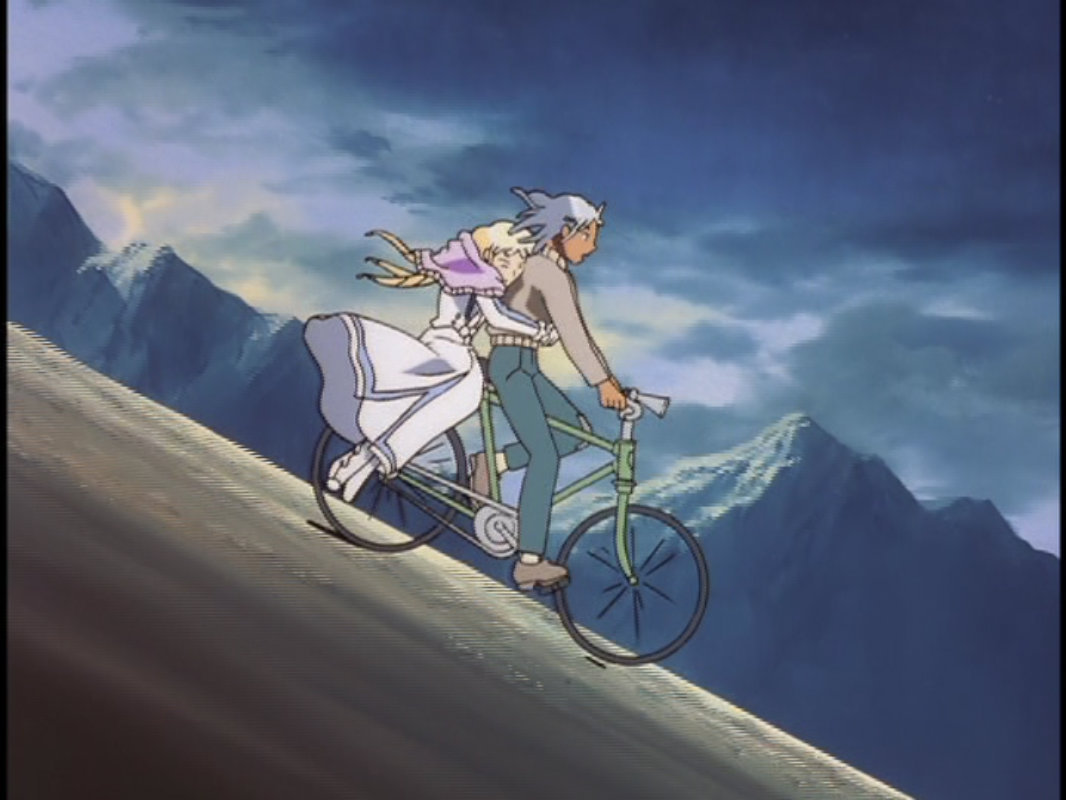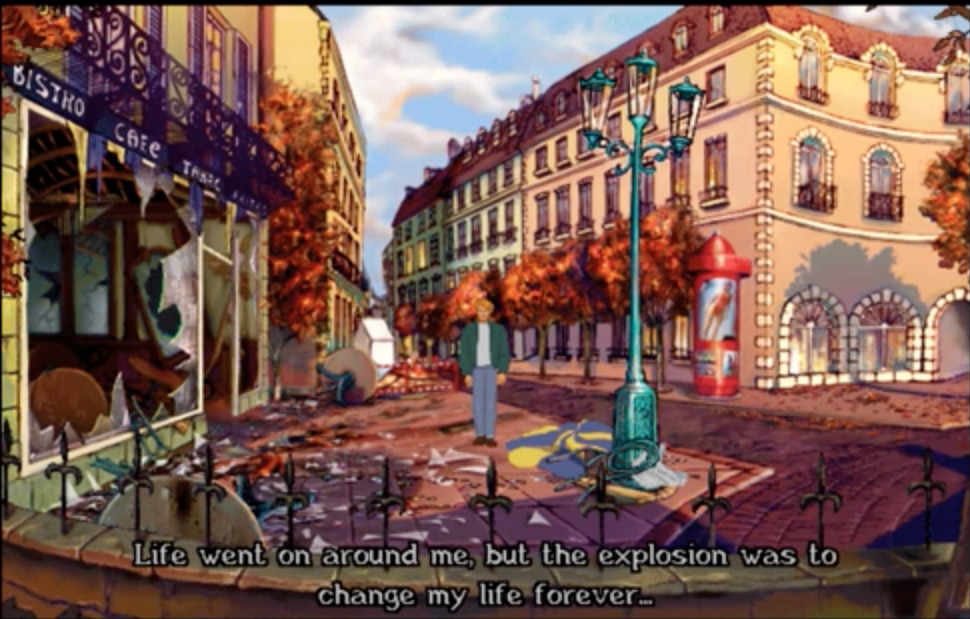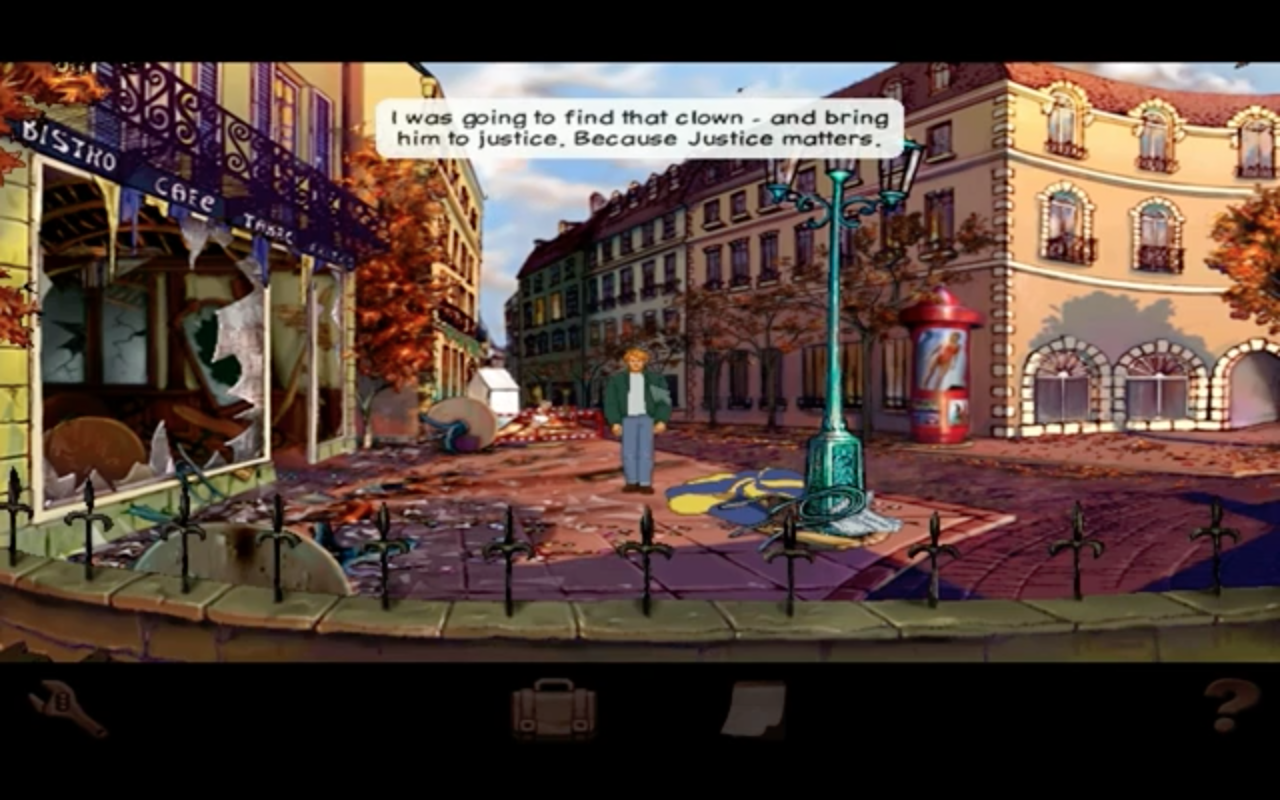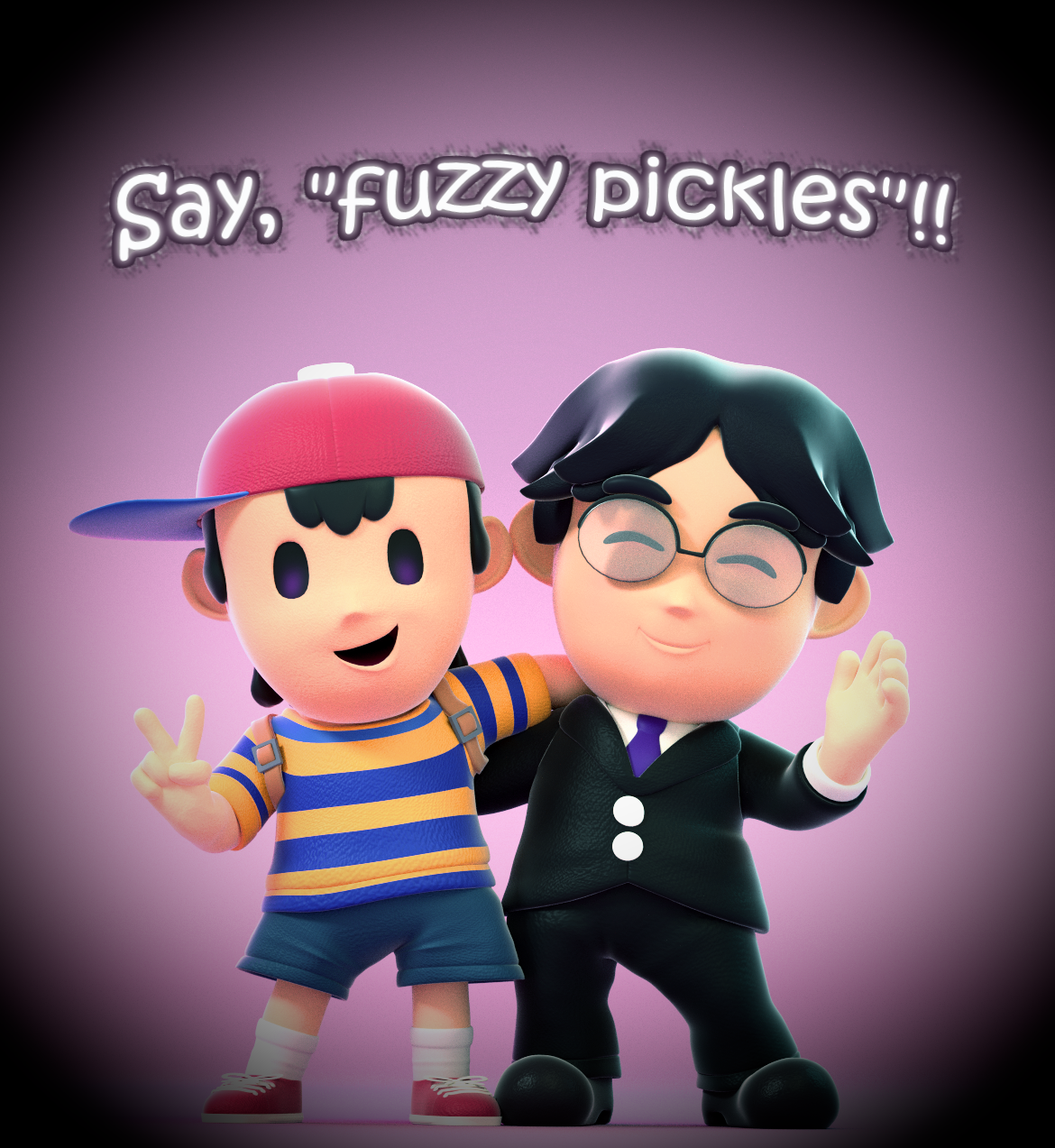Earlier this month, Right Stuf Inc. released the two feature length Turn A Gundam films, thus completing Turn A Gundam in its entirety, and finally bringing this series to North American shores almost a mere 17 years after it was originally released in Japan. The release of Turn A once seemed nigh impossible when Bandai originally passed up on the series and many others during their original major media outlet push of the Gundam franchise in North America circa Spring 2000. Turn A like many other older, and harder to market, entries became a skipped-over; thought to just be lost to time as Bandai continued to pick and choose other, newer, more marketable entries instead. That, of course, was until 2010 when Bandai finally announced they would release the series in 2011 ……. aaaaaaaaaaaaand then promptly canceled it in 2012 announcing that they will cease operations as of March 1, 2013.
The original trailer we got in 2011 for the then canceled Bandai Entertainment (USA) release of Turn A Gundam.
Sadly the cancellation was not much of a surprise to many of us, as the writing that Bandai Entertainment (USA) would go under had been on the wall for quite some time, but this continued the curse of Turn A, as well as the greater part of the Gundam backlog yet brought over. It seemed likely by then that all these forgotten entries in the pivotal mecha franchise that was Gundam, both great and admittedly not so great, were truly cursed to stay in Japan forever and never touch down on any other shore again. However this doom and gloom was not forever, and we’re now in the biggest resurgence of Gundam releases since the very early marketing push that truly got the franchise out here in full force all those 15 years ago, and North America is finally able to get official releases for all these once thought missed out releases.
I’ll come right out and say it, Right Stuf and Sunrise’s partnership to release Gundam titles is not only great for Gundam fans, but is also equally great for science-fiction anime fans in general. Yeah, it is a bit of a bold statement, but just go along with me, and let me talk about one of my personal favorite science fiction writers, and what his work on Turn A Gundam means.
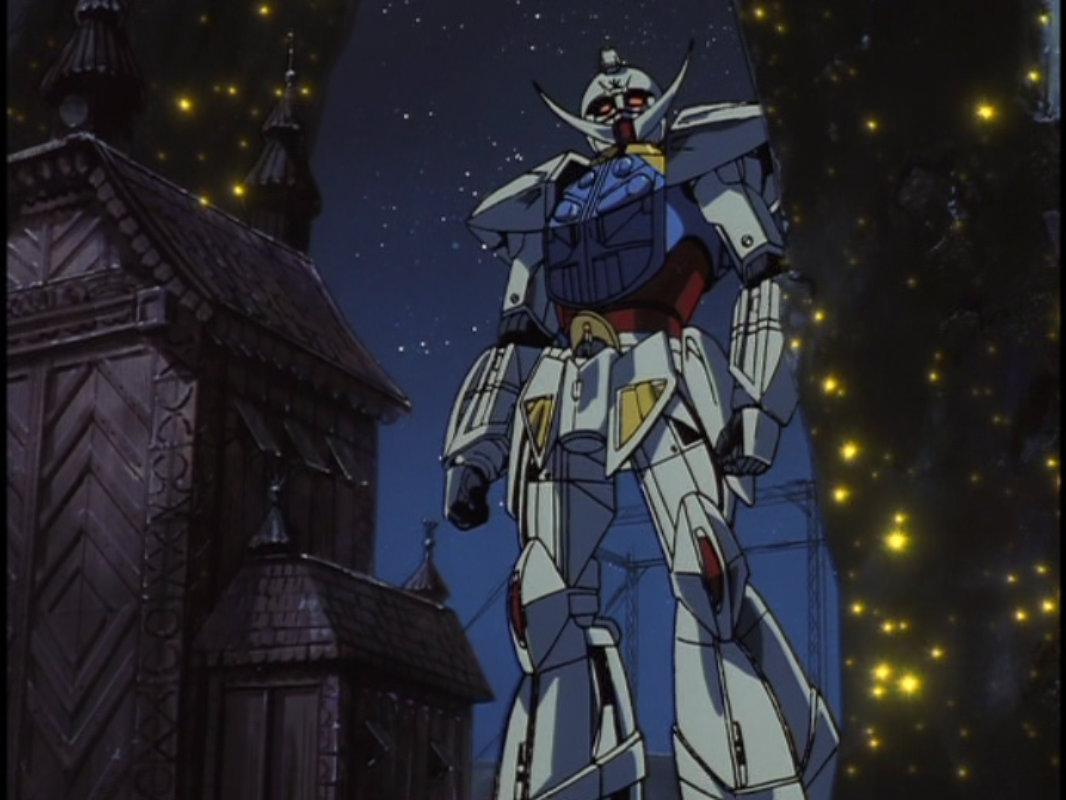 Yoshiyuki Tomino, a man with quite the reputation—the father of Gundam, and one of the pioneers of real robot mecha anime. He’s been in the industry since the earliest days; working in Mushi Pro, even brushing shoulders with the like of Osamu Tezuka. He’s seen everything the industry has to offer, and no doubt in my mind, played a major role in it, especially during his heyday of the late 70’s and 80’s. There’s a lot to say about the man, but perhaps all that it comes down to is this: crazy; for a lack of a better word, Tomino is crazy. Maybe even bat shit insane, actually. A real kook, if you will. And not just crazy like him being the classic “get off my lawn, you damn kids” grump nowadays that we all know and love, nor his classic disdain and general dismal of otaku and other Gundam projects he’s not affiliated with, a la Hideaki Anno. No, Tomino’s crazy was always present in his works; from having the entire universe explode, to classic high “kill ‘em all” body counts, to whatever goofy psychedelic thing this is suppose to be—Tomino’s works always fluctuated like this. It’s bizarre; it’s other worldly; and most importantly: always a spectacle.
Yoshiyuki Tomino, a man with quite the reputation—the father of Gundam, and one of the pioneers of real robot mecha anime. He’s been in the industry since the earliest days; working in Mushi Pro, even brushing shoulders with the like of Osamu Tezuka. He’s seen everything the industry has to offer, and no doubt in my mind, played a major role in it, especially during his heyday of the late 70’s and 80’s. There’s a lot to say about the man, but perhaps all that it comes down to is this: crazy; for a lack of a better word, Tomino is crazy. Maybe even bat shit insane, actually. A real kook, if you will. And not just crazy like him being the classic “get off my lawn, you damn kids” grump nowadays that we all know and love, nor his classic disdain and general dismal of otaku and other Gundam projects he’s not affiliated with, a la Hideaki Anno. No, Tomino’s crazy was always present in his works; from having the entire universe explode, to classic high “kill ‘em all” body counts, to whatever goofy psychedelic thing this is suppose to be—Tomino’s works always fluctuated like this. It’s bizarre; it’s other worldly; and most importantly: always a spectacle.
Whether he succeeded and created a masterpiece, or failed miserably with everything about his anime ending up in horrible flames, Tomino put on a show. The amount of depth, passion, and creativity was that always present in his works is admirable, and while his work fluctuated in quality just like it fluctuated in craziness, you could always tell, this is a man that isn’t afraid to fling around ideas, regardless of what might happen. Space Opera, Hard Science, The Evolution of Man, High Fantasy, Psychedelic Mysticisms, James Bond-esque Adventures, Goofy Written Song Lyrics, these are the sort of things Tomino brought to the table. He was the kind of man that took a regular toy ad and decided to transform it into an epic realistic war story, full of grim realties such as death, psychological issues, and pyrrhic victories. When a normal man would have handed in a by-the-numbers production, Tomino reeved up a big “screw-you” to his toy sponsors and instead made their product into an expansive space opera that skewed way out of the initial demographic.
Ultimately Gundam will always be greater than the sum of any thing else Tomino will ever do though, but it’s because of this and not in spite of this—that makes Turn A Gundam so special. It’s everything about Gundam’s, and even Tomino’s past wrapped up into one, but yet told in such a refreshing and different light, with a new, more positive outlook on life that Tomino had gained through his ups and downs.
Now what makes it so unique you might ask. Well, let’s see, tell me if you’ve heard this one before in anime: In the far off future of mankind, after we’ve obtained the technology to travel space and terraform the moon, a catastrophic war happens destroying the entire Earth and restarting the human civilization still dwelling on the planet from the ground-up. The majority of the people still living on Earth—Earthers, are cut-off from ever really knowing of the technological feats they once accomplished; just seeing the old war stories as legends, and have no clue about human life existing outside of the Earth. After rebuilding their society and mother Earth, the best they can, Earthers have reached about the technological level of early 20th century Europe, think start of World War I.
But now out of nowhere, the space dwelling people from the Moon—the Moonrace, have decided they wish to return to life on Earth again and begin their invasion with superior, (and in the eyes of the Earthers) futuristic technology. What ensues is a battle between early tanks, automobiles, and biplanes against space ships and mobile suits. Standing no chance at first it seems all the Earthers can do is negotiate their surrender. That is until they begin to unearth ancient technology of their own; buried deep within the Earth from a time before the catastrophe: ancient mobile suits (all of which are actually cleverly mobile suits seen in previous entries in the franchise such as the famous Zaku II) are found, and among all these mobile suits of ancient times is their biggest weapon against the Moonrace: the Turn A Gundam.
It’s easy to see how different from the rest of the series Turn A Gundam is, but perhaps the most fascinating thing about it is how it disguises traditional Gundam story tropes because of its clever setting. At the core of the story’s premise is the classic “Earthnoid vs Spacenoid” conflict and the terrible cost of war that most Gundam stories have centered on since the very original. “Who has the right to own space?”, “Who has the right to own Earth?”, none of this has changed, but now it has had its lungs filled with a breath of fresh air given the set-up and its characters, who take the war in a very different direction from the usual Gundam cast, with the protagonist Loran Cehack never losing his pacifist ways. On top of that there’s countless comparisons to past Gundam and Tomino works that could be made, be it simple shots that completely recreate past famous scenes from other Gundam shows frame-by-frame, or the fact that the titular Turn A Gundam bears a mystic and mysterious dark past, as well as planet destroying power like another famous Tomino robot. Throw-in one of the villains being entirely self-aware of classic mecha tropes (along with his voice actor being a reportedly huge Gundam otaku) and what you end up with is a celebration of the past two decades of Gundam (the Turn A itself (∀ ) being a mathematical symbol meaning “for all in a set” ) and one hell of a fun science-fiction premise.
Turn A Gundam is also noticeable for its many visual aspects having the titular Gundam as well as a few other mobile suits designed by “visual futurist” Syd Mead, best known for his work on the famous 1982 Ridley Scott film, Blade Runner. The mecha in Turn A Gundam are all vastly different from the norm in the franchise because of this, and have a more harder science feel to them. But visual prowess doesn’t stop there either, Turn A is the last Gundam show to be made with traditional hand painted cells, and what a show to end that era on. Funny enough, while being the last traditionally animated show of the franchise, it is also one of the first shows in the franchise to use computer generated images (CGI) as well, although that rarely shows up in the actual show, and is most noticeable in the eye-catches. While the animation budget itself is modest, Tomino brought his A-game, and through solid directing creates some really beautiful almost movie quality scenes for the show, going above and beyond in the detail depicted on the screen. Lots of richly drawn machinery is on display here with every intricate part of the mecha getting its close-up at one point or another, and the backgrounds, especially the rich environments such as the mountains, forests, jungles, and ocean, are all beautifully painted—Turn A’s animation really shows craftsmanship of a now mostly bygone era.
Music is also wholly different from what you might expect out of a Gundam, with Yoko Kanno as the main composer for the series, and she really brings home an incredibly rich soundtrack with some truly chilling songs that will stay with you for years to come after you finish the show. Honestly between the stellar hand painted visuals, the rich orchestral and otherworld soundtracks of Yoko Kanno, the beautiful character designs from Capcom/Street Fighter veteran Akira Yasuda, and the early 20th century aesthetics of the series in general, it’s very easy to feel like Turn A was a product of another era; that it is much older than it lets on, but it really is from the turn of the century, being a product of Gundam’s 20th anniversary back in 1999, making it actually younger than the likes of the more robust and paint-by-number appearances used in entries in the series like Mobile Suit Gundam Wing and After War Gundam X. Turn A Gundam represents the best of the best for its time, and brings that “classic” feel despite this later release date, making for a show unlike the many other entries during the decade. Turn A isn’t stuck in the 90’s and remains aesthetically pleasing to this day, and will remain that way forever, escaping the many visual trappings and dated looks that 90’s animes are famous, nay… sorta infamous for.
Honestly, I can talk all day about Turn A Gundam, and praise it until you’d think my head is firmly wedged up my behind. The overused word of the day is unique, and no, you don’t need to go back and double check, I’ll admit I’ve said it a lot in this post, but that’s because I have never quite experienced something like Turn A Gundam before or since. It’s a must watch show for anyone who likes science-fiction, even if you are not into mecha. It’s an easy entry point that only gets better the more familiar you become with Gundam and Tomino’s past work, and never finds a way to overstay its welcome or gets old. Whether you’re an old fan or a new one, I truly think you owe it to yourself to check out Turn A Gundam, and I’m forever grateful for Right Stuf to finally give many people the opportunity to take this dive.
Turn A Gundam is just truly a unique piece of science-fiction animation by a creator who is just crazy enough to really make you see the genre in a whole new way.


